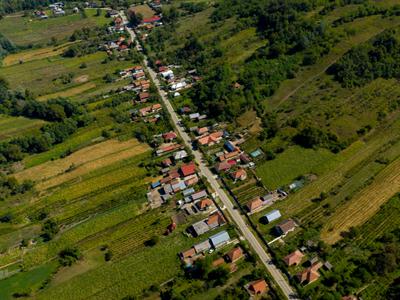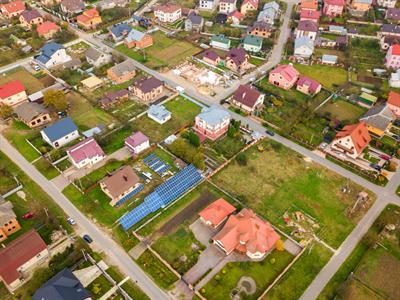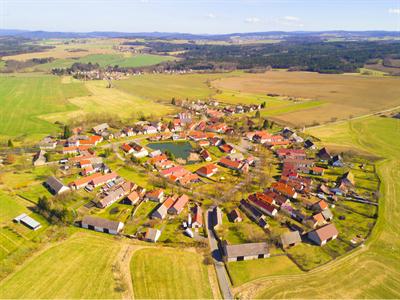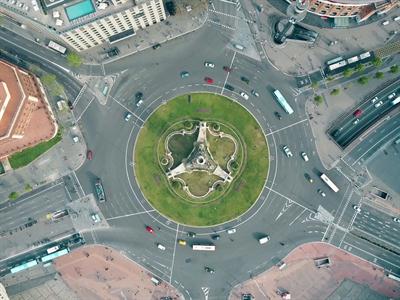PDF chapter test TRY NOW
The rural economy is mainly dependent on agriculture and pastoral practices. Their housing and settlements are based on the availability of water and land.
The rural settlements are mainly located near water bodies such as rivers, lakes, and springs where water can be easily available. Another feature is land for cultivation. People tend to settle near fertile lands suitable for agriculture, along with the provision of other basic needs. Hence, many civilisations developed near low lying river valleys and coastal plains that are highly suitable for cultivation. The availability of building materials like wood, stone and clay near settlements is an added advantage for settlements to be built.
Factors Influencing Rural Settlement
• Nature of topography
• Local weather Condition
• Quality of Soil and availability of water resources
• Social organisation
• Economic condition
• Local weather Condition
• Quality of Soil and availability of water resources
• Social organisation
• Economic condition
An individual house or buildings' relationship with the other is defined as the pattern of settlement. As mentioned above, the rural settlement pattern is based on relief, climate, water sources and socio-economic factors like landholdings, etc. The patterns are broadly classified as Linear, Rectangular, Circular, Star like patterns, etc.,
Linear Settlement
As the name denotes in the Linear type of settlement, the houses are arranged in straight rows on either side of a road, railway line, river or canal, the edge of a valley, etc.,
Example:
the Himalayas, the Alps, the Rockies.

Linear settlement
Rectangular Settlement
The roads in the rectangular settlements are almost straight, meeting each other at right angles. For example, the rural settlements of the Sutlej-Ganga plains, especially those which developed on the crossroads, fall in this category.

Rectangular settlement
Circular Settlement
In the Circular pattern of settlements, the houses are built around a central area. Mostly in this type of settlements, a lake or tank which serves as a water and livelihood source will be at the centre, or the village is surrounded by agriculture or pasture lands.

Circular settlement
Star-like Settlement
When one or more roads converge at a place, i.e. at the junctions, this type of settlements develop. In this type of settlement, houses spread out along the sides of roads in several directions. This pattern is common to both villages and towns and is caused mainly by new development, spreading out along the major roads.
Example:
The Indo – Ganga plains of Punjab and Haryana

Star-like settlement
Pilgrim settlement
Settlements that come up around a religious place of worship or any other significant religious place.
Example:
Thiruverkadu in Tamil Nadu, Tirumala (Tirupati) in Andhra Pradesh.
Wet Point Settlement
A site that were built close to reliable supply of water such as wells, tank, river, spring (or) pond in an area.
Dry Point Settlement
Such settlements are found in the coastal plains of Kerala and deltas along the east coast of India.
